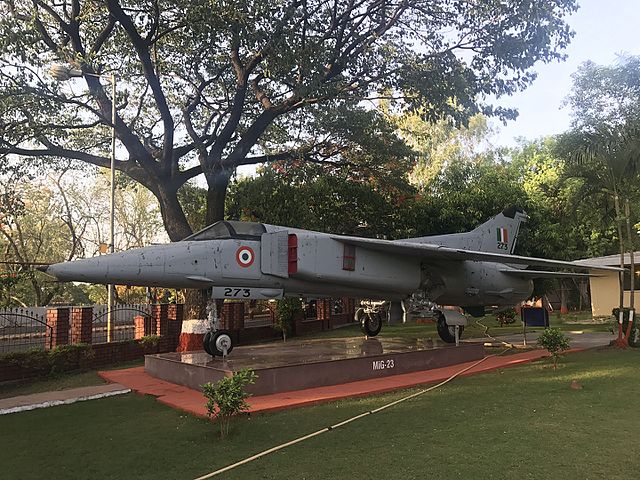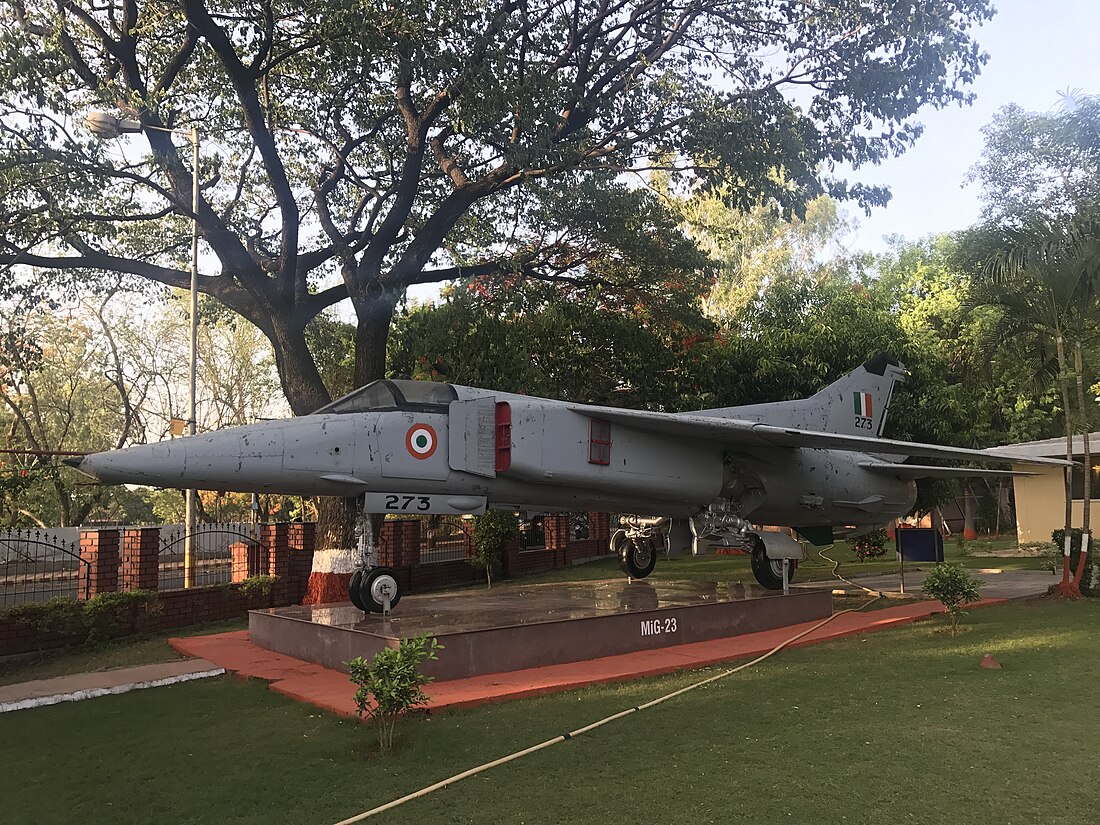Top Qs
Timeline
Chat
Perspective
Operation Safed Sagar
1999 Indian military operation From Wikipedia, the free encyclopedia
Remove ads
Operation Safed Sagar (Hindi: ऑपरेशन सफेद सागर, lit. "Operation White Ocean") was the code name assigned to the Indian Air Force's role in acting jointly with the Indian Army during the 1999 Kargil war that was aimed at flushing out regular and irregular troops of the Pakistani Army from vacated Indian Positions in the Kargil sector along the Line of Control.[1] It was the first large scale use of airpower in the Jammu and Kashmir region since the Indo-Pakistani War of 1971.
This article has multiple issues. Please help improve it or discuss these issues on the talk page. (Learn how and when to remove these messages)
|

Remove ads
Background
Indo-Pakistani wars and conflicts includes the Kashmir conflict and its subsidiary conflicts such Siachen conflict and Trans-Karakoram Tract, which are the disputed territories of India and Pakistan on the India-Pakistan border (Actual Ground Position Line (AGPL), Line of Control (LoC), India–Pakistan International Border (IB), and Sir Creek (SC)) which had earlier seen many operations including 1984 Operation Meghdoot and 1987 Operation Rajiv.
Remove ads
Operations
Summarize
Perspective
Operation Badr: Pakistani ground infiltrations
Initial infiltrations were noticed in Kargil in early May 1999. Because of the extreme winter weather in Kashmir, it was common practice for the Indian and Pakistan Army to abandon forward posts and reoccupy them in the spring. That particular spring, the Pakistan Army started reoccupying the forward posts well before the scheduled time. In a preliminary step in their bid to capture Kashmir, they reoccupied not only their own posts, but also 132 posts that belonged to India.[2]
By the second week of May, an ambush on an Indian army patrol acting on a tip-off by a local shepherd in the Batalik sector led to the exposure of the infiltration. Initially with little knowledge of the nature or extent of the encroachment, the Indian troops in the area initially claimed that they would evict them within a few days. However, reports of infiltration elsewhere along the LoC soon made it clear that the entire plan of attack was on a much bigger scale.[3]
Operation Vijay: India's ground operation
India responded with Operation Vijay, a mobilisation of 200,000 Indian troops. However, because of the nature of the terrain, division and corps operations could not be mounted; the scale of most fighting was at the regimental or battalion level. In effect, two divisions of the Indian Army,[3] numbering 20,000, along with several thousand from the Paramilitary forces of India and the air force were deployed in the conflict zone. the Indian Army moved into the region in full force. The intruders were found to be well entrenched and while artillery attacks had produced results in certain areas, more remote ones needed the help of the air force. To avoid the escalation, the Government of India (GoI) cleared only limited use of Air Power on May 25, more than three weeks after first reports, with the instructions that IAF fighter jets will remain within Indian territory to launch attack on intruder's position within Indian territory and IAF was not permitted to cross the Line of Control under any circumstance.
Operation Safed Sagar: India's air operation
Breakdown of Total Number of Sorties Flown by Aircraft Type:[4]
Breakdown of Air Operations by Task (Fast Jets)
Remove ads
Aftermath
The lessons learned in this limited war influenced Indian Air Force to upgrade its combat fleet. It acquired and later started co-developing Sukhoi Su-30MKI heavy fighters with Russia beginning in the early 2000s. Development of HAL Tejas was also accelerated. [citation needed]
See also
- Borders
- Other related topics
- Awards and decorations of the Indian Armed Forces
- India-China Border Roads
- List of extreme points of India
- Sino-Pakistan Agreement for transfer of Trans-Karakoram Tract to China
References
External links
Wikiwand - on
Seamless Wikipedia browsing. On steroids.
Remove ads
